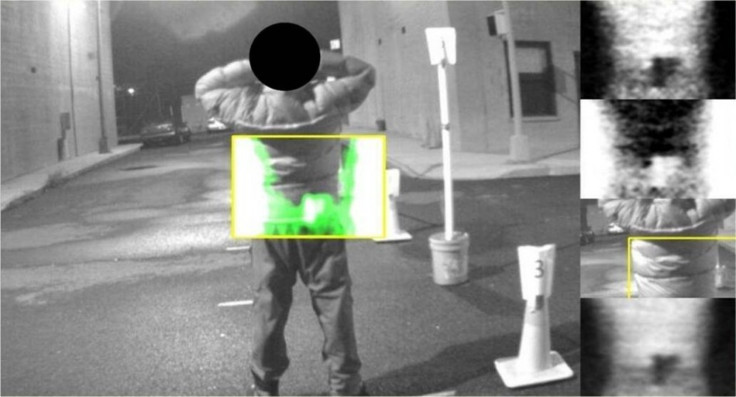NYPD Gun-Scanner Technology Aiming for 75-Ft Range: How It Works

For years, New York police officers have had to rely on street smarts and their guts in order to identify concealed weapons. Now the war on illegal guns is going high-tech.
In a speech to the New York City Police Foundation Tuesday morning, Police Commissioner Raymond Kelly announced the NYPD was working with the Department of Defense to develop a scanner that is capable of detecting concealed firearms.
The device picks up on the heat energy produced by people or objects, measured in terahertz, to pinpoint objects that are blocking that view of energy, like a gun. If something is obstructing the flow of that radiation, for example, a weapon, the device will highlight that object, Kelly explained. This technology has shown a great deal of promise as a way of detecting weapons without a physical search.
The body-heat detectors are still being tested, but have proved effective to 15 feet. Police hope to expand that range up to 75 feet, so that it could be used from the vehicles.
Civil liberties groups, though, are concerned about the implications of the scanner, fearing it to be a virtual pat-down that could turn into a civil liberties nightmare.
For one thing, nitty-gritty details of how these devices work haven't yet been made clear. We have no idea how this technology works, if it is effective, and what its error rate is, New York Civil Liberties Union Director Donna Lieberman said. If the NYPD is moving forward with this, the public needs more information about this technology, how it works and the dangers it presents.
The NYCLU and other civil liberties advocates worry that the new technology could be just another extension of the hotly contested stop-and-frisk policies, except now individuals would have no idea they are being searched.
This could easily become a tricky legal issue. From a constitutional perspective, the Fourth Amendment states that police must have reasonable suspicion to search people, said Norman Siegel, civil liberties attorney and former director of the New York American Civil Liberties Union. We need proof that this policy will only search people that are under legitimate suspicion.
Siegel also fears that it would be disastrous to minorities, saying the policy will only put a bigger target on young men of color.
However, the NYCLU did recognize the need to address gun violence and believes that. if used correctly, the technology could also help solve the stop-and-frisk problem.
If technology like this worked as it was billed, New York City should see its stop-and-frisk rate drop by a half-million people a year, Lieberman said.
Currently, the NYPD estimates that it stops more than 600,000 people per year as a part of its stop-and-frisk policy.
© Copyright IBTimes 2025. All rights reserved.




















